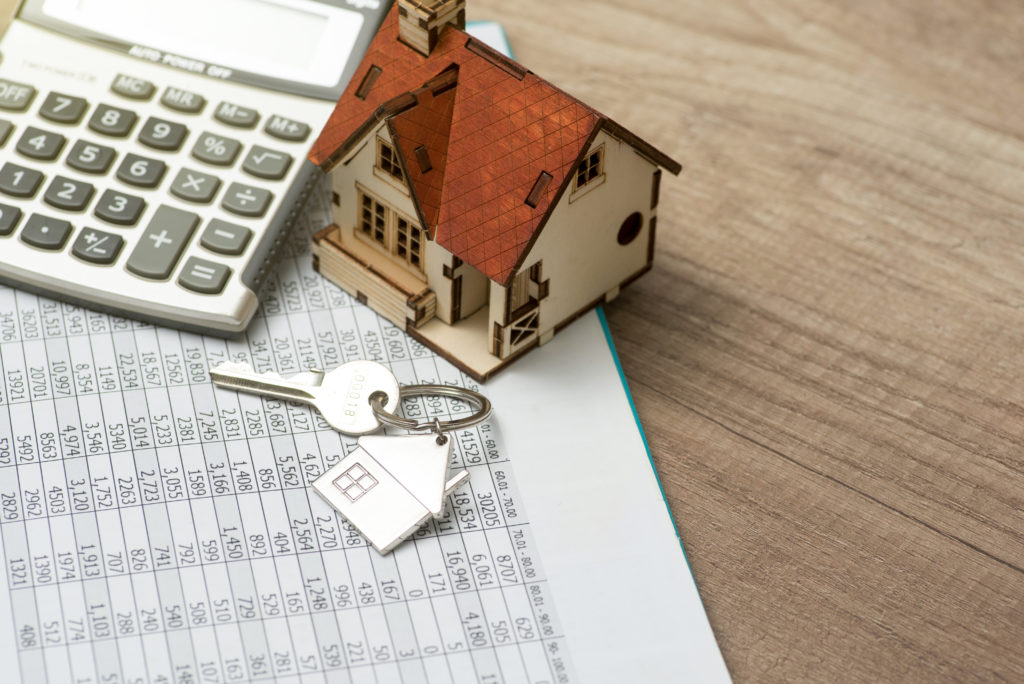Buying your first home will probably be the most important financial decision of your life; it’s a big commitment so it is important to get the right information from independent and expert sources.
Our research and the contact we have with consumers gives us a clear understanding of the issues they face and the type of information they need. These four steps will help you work towards saving a deposit, and hopefully one day owning your own home.
Step One: Get to grips with your finances
Getting your finances into shape is a vital first step in saving for a deposit. By cutting back where you can and restructuring any high cost debts, like your credit card or car loan, you will be able to see how much you can realistically put away each month. A mortgage repayment is likely to be the biggest cost you will pay out every month. When comparing this to your income, don’t forget to factor in all your other living expenses too. Make sure that you have a realistic picture of all your incomings and outgoings.
Our website, www.consumerhelp.ie, has plenty of information and tools including a credit card ready reckoner and a budget planner, which can help you, understand where your money is going and what you can afford to save. Our spending calculator is useful for figuring out what you are spending each month, particularly on those items that might be overlooked, such as extra milk, your daily newspaper or morning coffee.
Step Two: Work out how much you need to save
The Central Bank recently introduced new rules on the amount you can borrow and the percentage of a deposit you will need. These measures are in addition to the banks’ own policies, so there may be some differences between mortgage lenders. A limit of 3.5 times your gross annual income applies to all new lending for principal dwelling homes i.e. your main and only residence. So if your income is €50,000, the most you can borrow is €175,000.
If you aren’t a first-time buyer you will be subject to a Loan to Value (LTV) rate of 80pc. This means that if you want to buy a house worth €200,000, your lender may lend you up to €160,000 and you will have to pay the remaining €40,000 yourself.
For first-time buyers a limit of 90pc LTV rate applies on the first €220,000 of the value of a residential property and 80% on the remainder. For example, if you would like to buy a house worth €250,000, your lender will lend you €222,000. This figure is made up of 90% of €220,000 plus 80% of €30,000 (the difference between €220,000 and €250,000). You will have to pay the remaining €28,000 yourself.
If you are a joint borrower, where one person hasn’t bought before and one has, the bank will not be able to treat you as a “first time buyer” and the LTV cap of 80pc will apply.
Set your savings target
When working out how much you need to save for your home, remember that you will also need to budget for legal and valuation costs, insurances and the expense of furnishing your new home. Your savings target should stretch beyond the minimum deposit to factor in these costs, and also a contingency for any unexpected costs that might arise.
Step Three: Choose a savings account that rewards you
It is important that your hard work in saving is rewarded with the best interest rate available so take the time to examine the different savings accounts on offer. Consider using a regular savings account to start building your deposit, and then transferring to a lump sum deposit account, so that when your nest egg starts growing you are getting a better return on the built-up amount.
Consumerhelp.ie has a useful savings comparison that gives the current interest rates of all the providers in the market. It’s very simple to use and shows you how much interest you can earn in a year, based on how much you plan to save each month. Often, online based accounts pay higher interest rates. When opening a “notice” savings account, it is important to understand what access you will have to your money and what you will be charged if you need to make an unexpected withdrawal.
Step Four: Slow and steady wins the race
Here are some tops tips on how to deal with the ups and downs of saving for a deposit:
- Set up a standing order to transfer money into your savings account on the day you are paid.
- If you feel you may be tempted to take out your money on impulse, choose an account which requires significant notice to withdraw money. This will make it harder for you to dip into your savings.
- Treat your savings like an ongoing expense similar to tax – prepare your monthly budget based on your wages less this savings amount.
- Avoid window shopping until you are ready to buy! It will be tempting to spend time on property websites, but it can be very discouraging to see the property of your dreams snapped up long before you are in a position to buy it.
- Keep motivated by thinking of the long-term gain- your own home!
- Allow yourself the occasional treat because it’s not sustainable to cut out everything you enjoy.
- Don’t be disheartened if you don’t hit your savings target in the first few months. It can take time to adjust to a tighter belt around your finances!







